John Bissell of Save the Kiwi wants quality, not quantity, predator control. “Give me better, not just more,” says John.
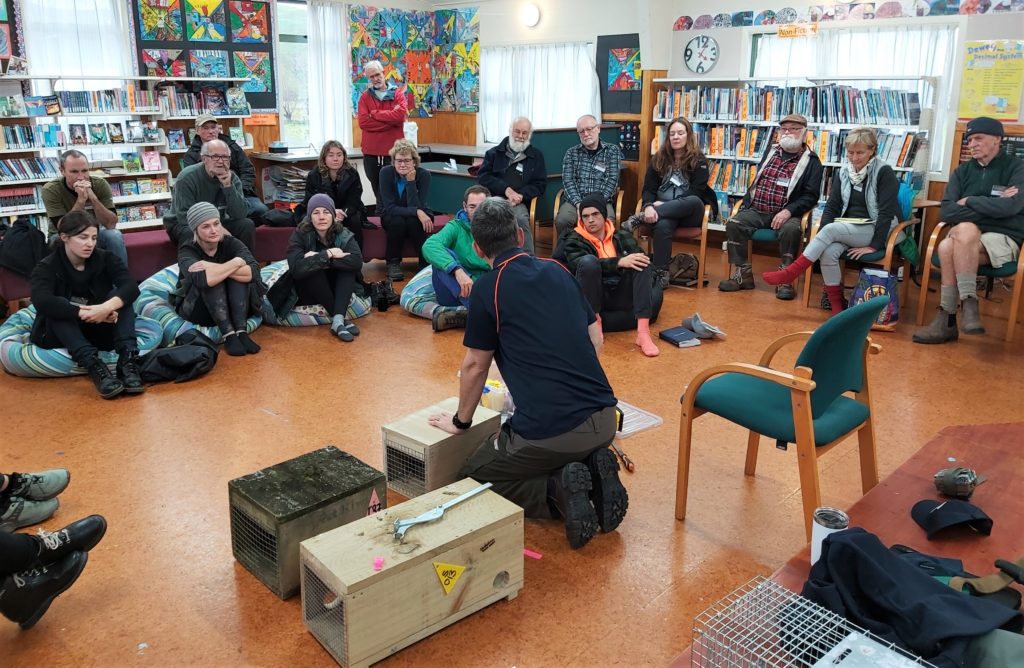
John is Save the Kiwi’s National Predator Advisor. He works on projects across the country specialising in high-quality predator control to protect threatened species like kiwi. John is a predator control expert with many years of experience under his belt and a particular passion for stoats and ferrets.
We chatted with John Bissell to learn more about his work with Save the Kiwi. Thanks for speaking with us today, John.
What’s involved in your role as National Predator Advisor for Save the Kiwi?
My role is funded by and based around supporting the Jobs for Nature work that Save the Kiwi has been tasked with delivering. Essentially these are landscape-scale projects that aim to grow kiwi populations and employ people specifically around that work. The projects cover a lot of hectares and are in Northland, Taranaki, Coromandel, East Coast North Island, and West Coast South Island. Helping with project design, operational oversight, quality control, training and mentoring is where I fit in.
As well as that, I am working on producing predator control training aids for our kiwi-growing communities everywhere, to help them grow more kiwi populations. ‘Better than best practice’ is our mantra, as well as more general support and training work. I am all about helping good people remove more predators.
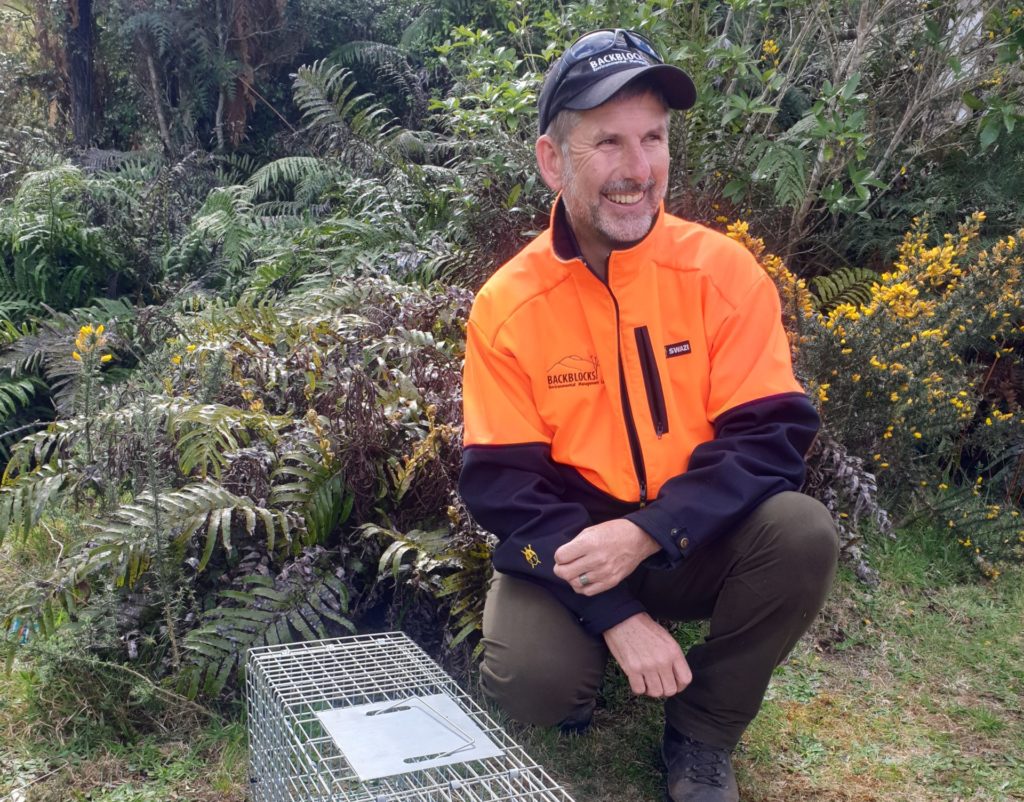
This is a new role — why was it created?
Essentially this role came about for the same reason that I started my predator control consultancy Backblocks Environment Management Ltd a few years ago. There is so much going on in the predator control space throughout New Zealand, and there is a huge and increasing need for quality advice and support.
Save the Kiwi recognised that they didn’t just want to ‘do more hectares’, they wanted to make sure that each and every one of those hectares is the best it can be. They also wanted to ensure that the projects and people are supported.
What has stood out so far?
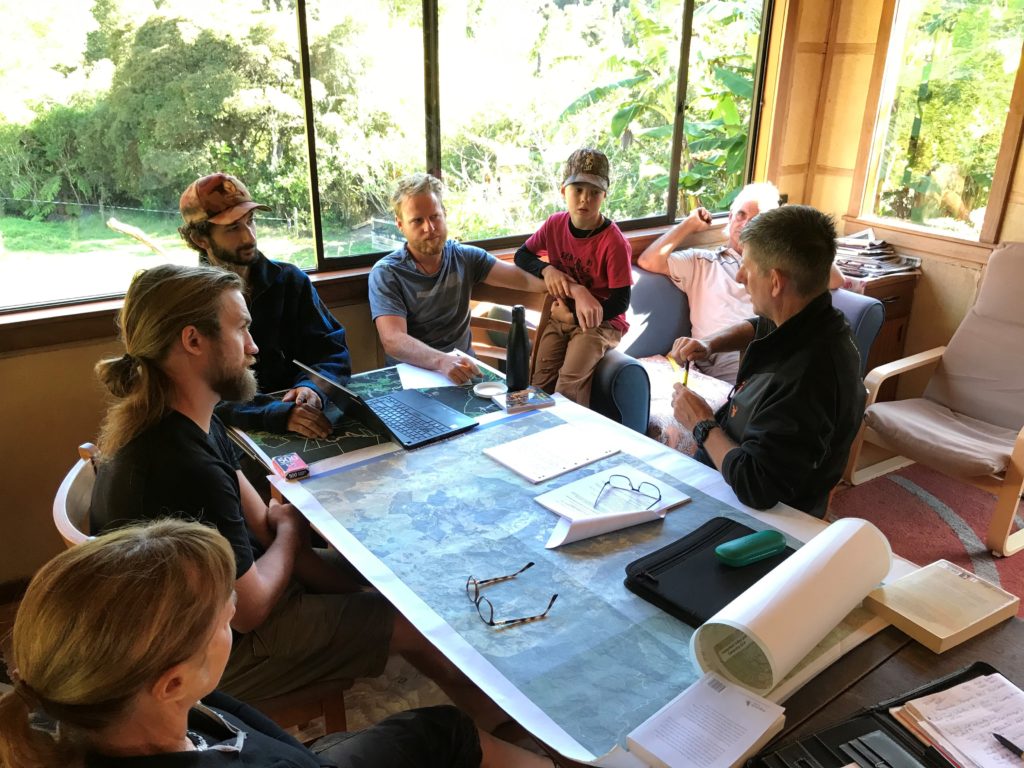
The biggest thing for me is the people. To be frank, it is humbling.
This might be all about jobs and nature, but the one thing that stands out constantly to me are the people.
So many different backgrounds and histories all coming together for a common goal and giving it everything they have got.
It sounds a bit flowery but there you have it. It really is very cool.
What advice would you offer those undertaking predator control for kiwi or any of our native species?
Get good, unbiased advice based on actual experience, don’t just follow a process. The design and set-up phase of any project is where you will save or lose more money than at any other stage. And it is where you take the first step towards success if you get it right. Think about what success looks like for your people and project, in five years, 25 years, and beyond. Once you know where you want to get to, you can work out how to get there. Don’t be too hard on yourselves and remember that we are playing a long game. Remember to enjoy what you are doing. You are also better off doing less, than spreading yourselves too thinly.
What are some of the most exciting projects you have seen in your role?
To be honest, there is something about every one of our projects that excites me. They all have different challenges and unique qualities and special aspects. The most exciting thing overall for me is the dedication across the board and the spinoff benefits to kiwi and so many other taonga species. I love the opportunity to connect with so many people across the country and help equip and train them to do better and achieve more.
What are some of the most worrying things you are seeing out there at the moment?
Nationally the biggest concern I have in general is that of quality. People who have heard me speak will know that this is a drum I beat constantly.
Landscape-scale predator control is amazing and important, but we need to change our mindset away from ‘hectares treated’ to ‘great and awesome hectares treated’ – quality, not just quantity.
Give me better, not just more. We need to better equip people with knowledge around this and then ensure that every trap set we operate is the best it can be. It is so important. We often get just one chance at our apex predators, and we need to make sure we make the most of it.
And we need to treat them with absolute respect and credit them for the intelligence and survival instinct that they possess, then trap accordingly.
We need to think and worry less about new methods and technology and instead make sure that it goes hand in hand with getting the basics right.
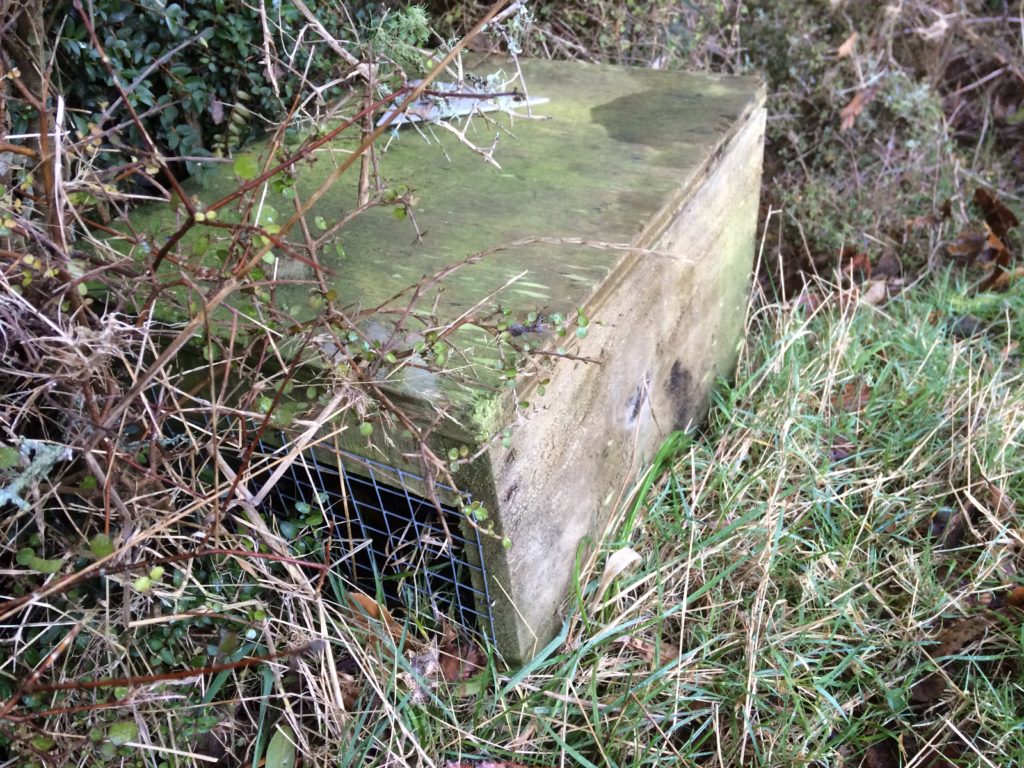
What’s involved in ensuring habitat is safe for kiwi?
Ultimately it is about removing enough of the bad stuff (introduced predators) so that the good stuff (kiwi) can take care of themselves. Up until recently, the kiwi conversation has been all about stoats. That hasn’t changed. However, ferrets are an increasing and alarming threat to our kiwi populations in many parts of the country. I am seeing ferret populations expanding in range and density and this is really frightening. One ferret alone can go off like a bomb in a kiwi population and remove a lot of adults in a short space of time. Ferrets really worry many of us.
Aside from that is the constant threat from dogs. And when I say dogs, I don’t just mean hunting dogs. I mean all dogs. When kiwi live near people, dogs are a real issue. The reality is that many people who own dogs as pets don’t train and control them properly. This plus underestimating the damage that their dog could do to a population of kiwi is really worrying. We need to increase people’s understanding around this and hope that it translates to better management of their dogs and a reduction in kiwi deaths.
How does kiwi conservation benefit all of our native species?
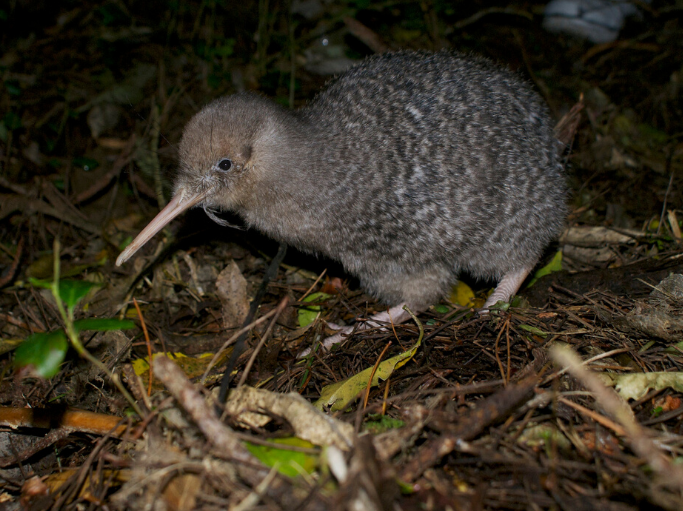
When you reduce predator numbers in an area, it can translate to more successful breeding and survival of so many other species as a value-added extra. Each species has particular predator species that impact them more, and what I call a vulnerability scale.
The fact is that people everywhere connect readily to kiwi for obvious reasons and when communities work together to protect kiwi, many other taonga species that might not have been on their radars still benefit.
People might often start focussing on one predator species or on protecting one species, but I see so often that as they spend more time in the ngahere, their eyes open and they start to look at the whole, not just a part.
What would be the single most important thing New Zealanders can do to save our kiwi?
Get involved – it’s as simple as that. Kiwi conservation is a team sport. There are so many aspects to growing kiwi and everyone has something to offer.
If you are keen to get involved, I suggest that you look at what is going on in your local area and reach out. If you need help around this, then Save the Kiwi is happy to be that help and point you in the right direction.
And from all of us working in conservation, thank you in advance.
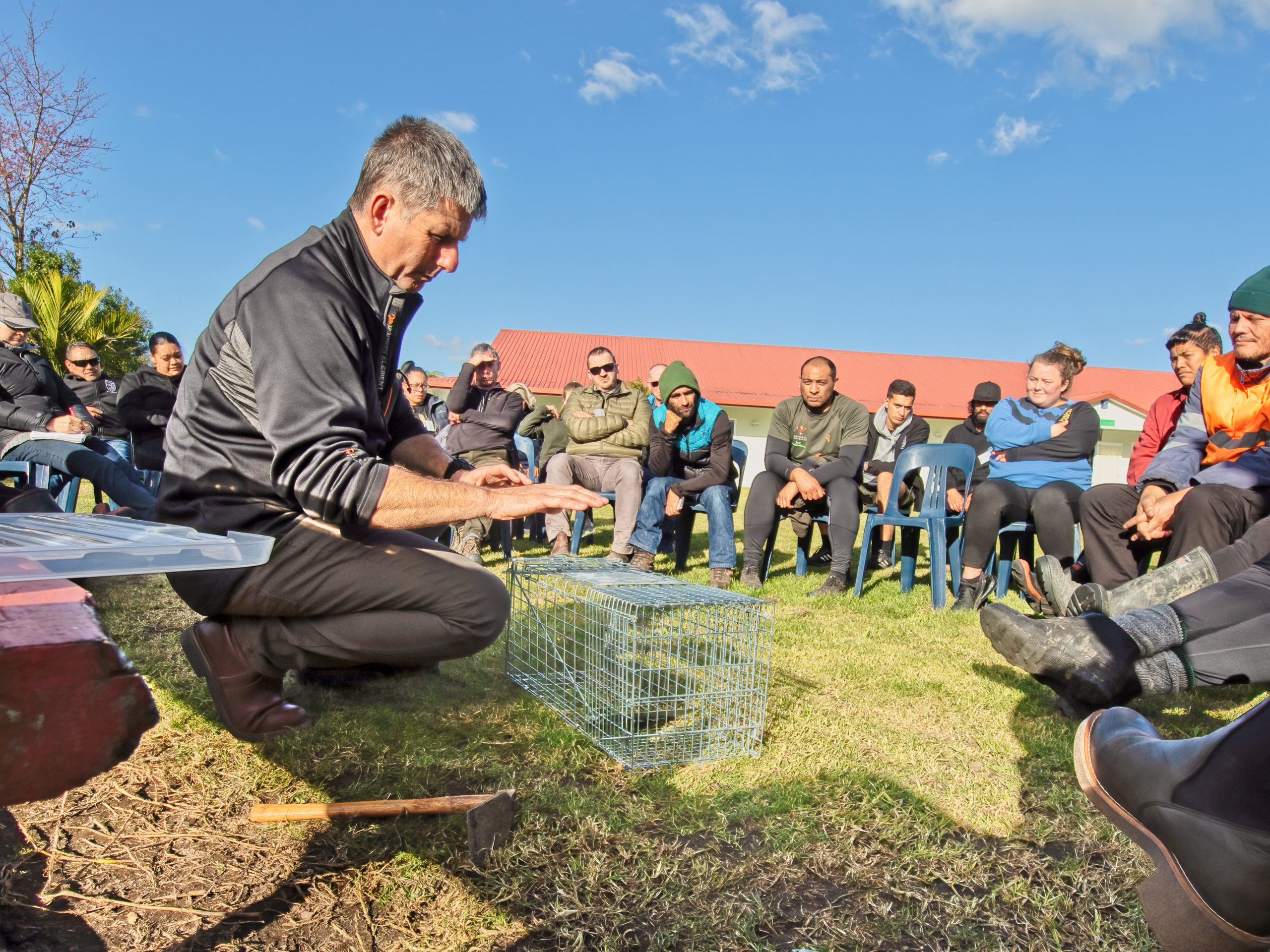
Save the Kiwi works alongside iwi, conservation groups, communities, organisations, and the Department of Conservation Te Papa Atawhai to reverse the decline of the national kiwi population and create more kiwi-safe habitat all over Aotearoa. The not-for-profit works to raise awareness of the kiwi’s plight, how important this taonga is to all New Zealanders’ identities, and what people can do to help. Save the Kiwi rebranded from Kiwis for kiwi in October 2021. Find out more about Save the Kiwi at www.savethekiwi.nz.

